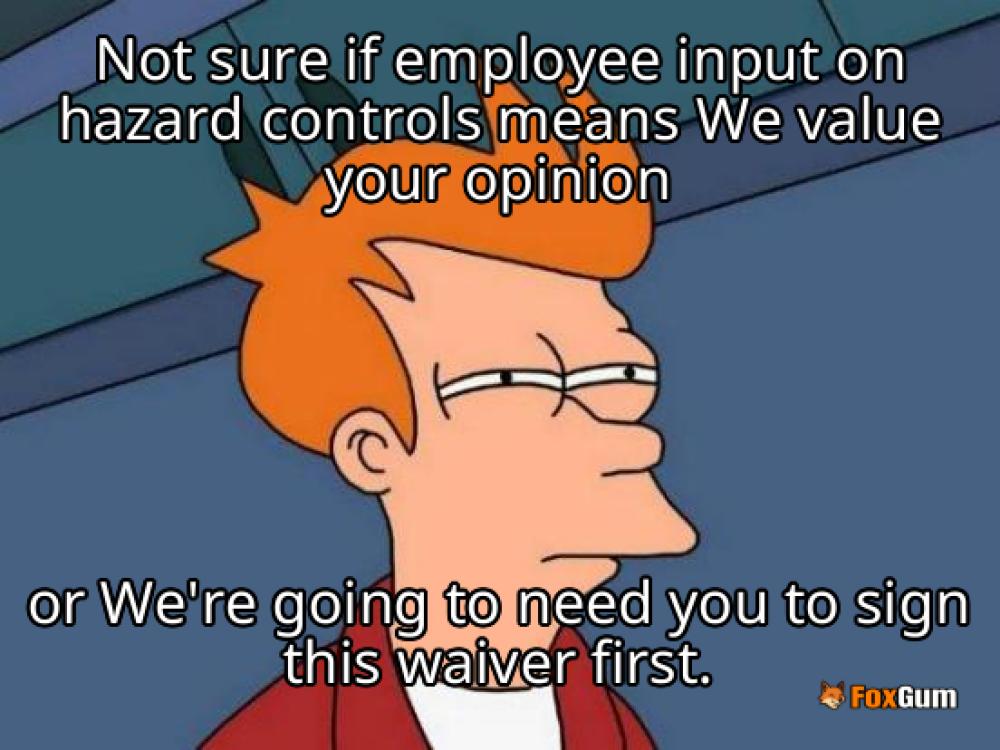
The Indicators of Potential Workplace Violence
Workplace violence is a serious concern that can affect any organization, regardless of its size or industry. While it’s a topic many prefer to avoid, being informed about the indicators of potential violence can help foster a safer environment for everyone. Recognizing these signs early can make a significant difference in preventing incidents and ensuring the well-being of all employees. 🌼
What Are the Warning Signs?
Employees typically don’t just “snap.” Instead, they often display certain behaviors over time that can indicate potential issues. Here are some common indicators to be aware of:
- Changes in Behavior: Sudden shifts in an employee's demeanor, such as increased irritability, withdrawal, or mood swings, can be red flags. If someone who was once friendly becomes isolated or agitated, it’s worth paying attention to.
- Performance Issues: A noticeable decline in work performance, such as missed deadlines or decreased quality of work, can signal underlying problems. This could be stress, personal issues, or even a brewing conflict with colleagues.
- Increased Conflict: Frequent arguments or conflicts with coworkers can indicate an inability to cope with stress or frustration. If someone is consistently at odds with others, it may be time to investigate further.
- Substance Abuse: Signs of substance abuse, such as frequent absences, erratic behavior, or a decline in personal hygiene, can be a significant concern. This might not only affect the individual but also the safety of the workplace.
- Threatening Behavior: Any form of intimidation, whether verbal or physical, should never be ignored. This includes aggressive comments, gestures, or any threats made in jest or seriousness.
Why Awareness Matters
Being aware of these indicators is not about creating a culture of fear; it’s about fostering a supportive environment where employees feel safe and valued. When potential issues are recognized early, they can often be addressed before escalating into something more serious. It’s essential to encourage open communication and provide resources for employees who may be struggling. 🌸
Creating a Culture of Safety
Organizations can take proactive steps to create a safer workplace. Here are some strategies:
- Training and Awareness: Regular training sessions on recognizing and addressing workplace violence can empower employees. Knowledge is a powerful tool!
- Open Communication: Encourage employees to speak up if they notice concerning behaviors. Creating an atmosphere of trust can lead to early intervention.
- Support Systems: Provide access to mental health resources and counseling services. Employees should know that it’s okay to seek help.
- Clear Policies: Establish and communicate clear policies regarding workplace violence. Employees should understand the consequences of violent behavior and the procedures for reporting incidents.
- Regular Check-Ins: Managers should routinely check in with their teams, fostering a supportive environment where employees feel comfortable discussing their concerns.
Conclusion
Understanding the indicators of potential workplace violence is crucial for maintaining a healthy work environment. By fostering awareness and open communication, organizations can help prevent incidents and support their employees. Remember, safety is a shared responsibility, and it starts with each one of us. 🌈




















 The Role of an Employment Lawyer
The Role of an Employment Lawyer 
 Health
Health  Fitness
Fitness  Lifestyle
Lifestyle  Tech
Tech  Travel
Travel  Food
Food  Education
Education  Parenting
Parenting  Career & Work
Career & Work  Hobbies
Hobbies  Wellness
Wellness  Beauty
Beauty  Cars
Cars  Art
Art  Science
Science  Culture
Culture  Books
Books  Music
Music  Movies
Movies  Gaming
Gaming  Sports
Sports  Nature
Nature  Home & Garden
Home & Garden  Business & Finance
Business & Finance  Relationships
Relationships  Pets
Pets  Shopping
Shopping  Mindset & Inspiration
Mindset & Inspiration  Environment
Environment  Gadgets
Gadgets  Politics
Politics 